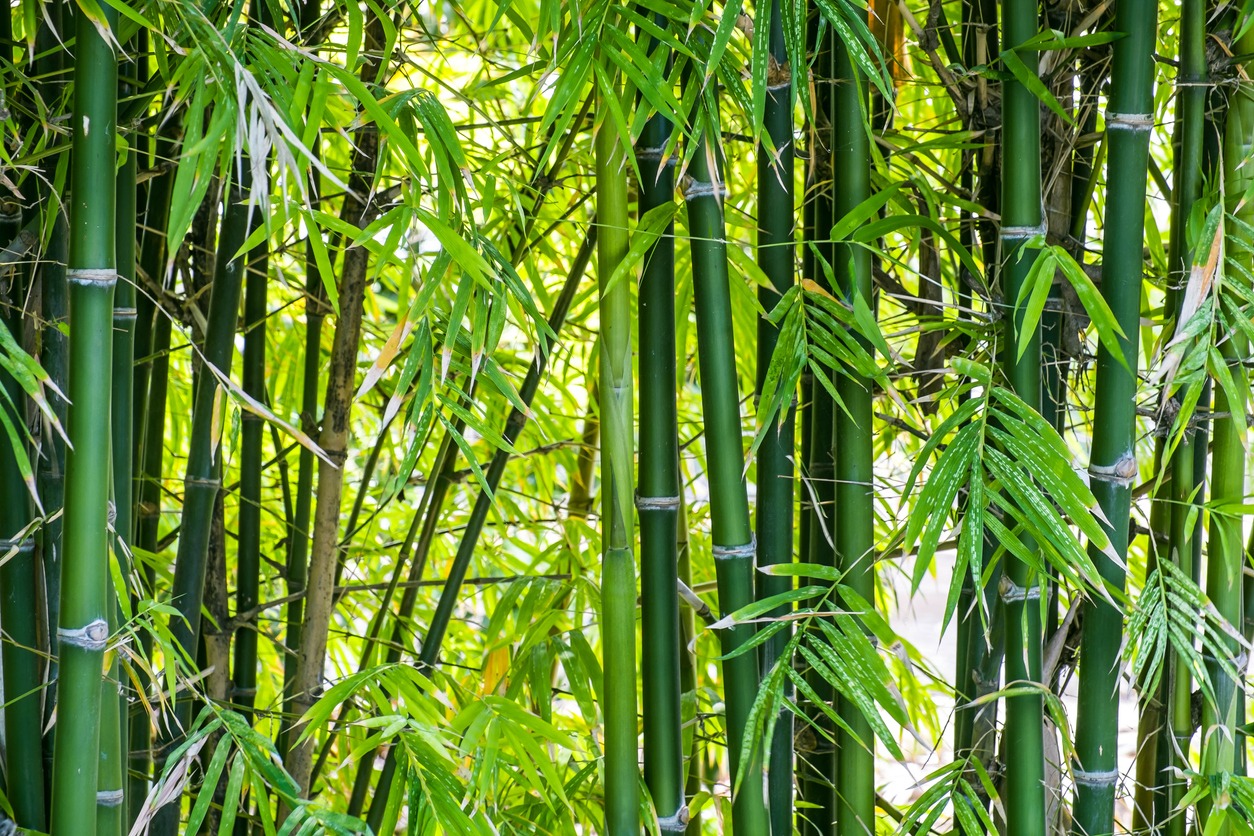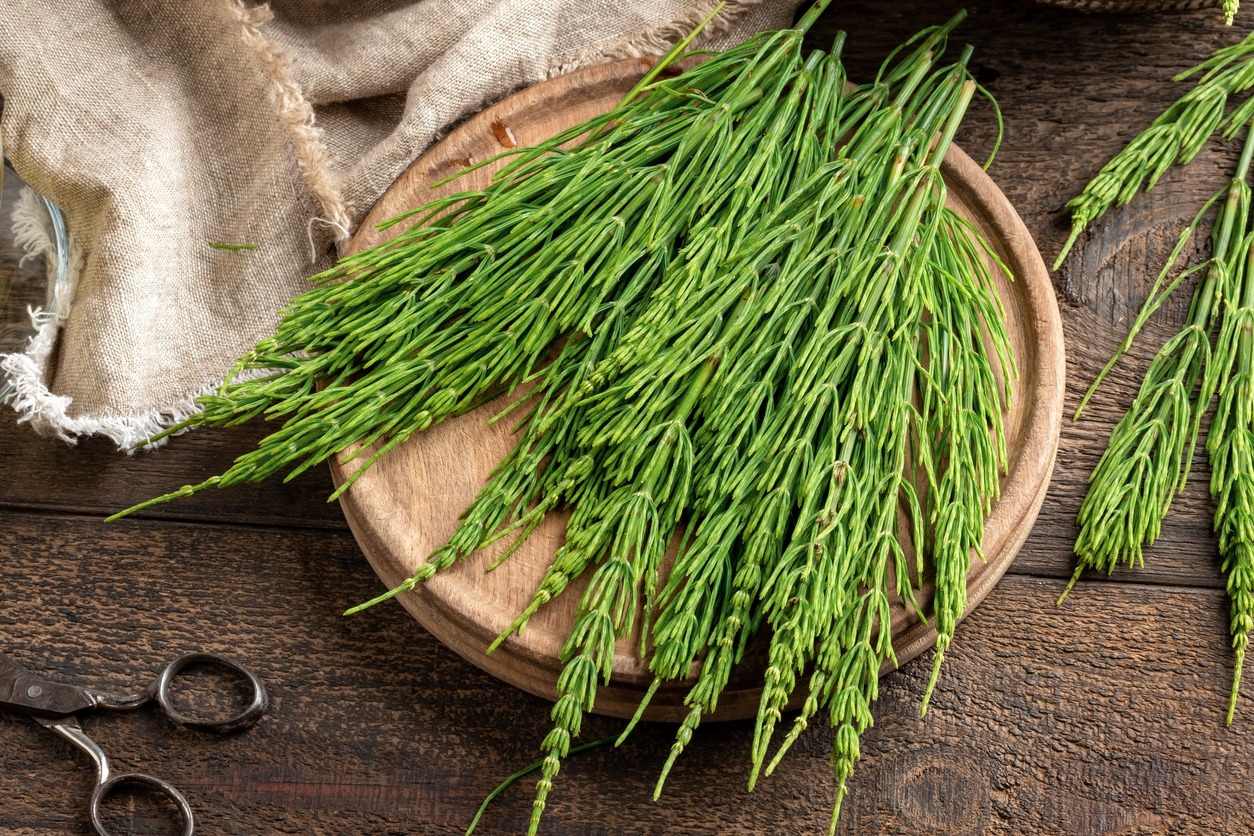Edible wild plants thrive everywhere, from the cracks of a city pavement to the hillsides of a mountain forest. If you know what to look for, there’s a garden of free food ready to be gathered. Knowing which plants are edible in your area allows you to forage for extra food, which is useful in a survival crisis.
1. Asparagus
Asparagus grows wild in portions of North America, particularly in the northeastern United States. The stalk of wild asparagus is substantially thinner than that of industrial types. Bend it till it snaps off to harvest. It will snap at the proper point to prevent the plant from being killed while providing you with the most delicious part.
2. Bamboo
If somebody in your neighborhood has decided to plant bamboo in their backyard, it has most likely gotten out of hand. This prolific grass expands quickly, consuming everything in its path. While the adult plants are difficult to chew on, the shoots can be eaten. Shoots should be harvested before they reach two weeks of age and one foot in height. Remove the outer leaves and boil them to soften them. Bamboo shoots are frequently used in salads, sandwiches, and stir-fries.
3. Clover
Clover is a widely growing plant. Clover may be found virtually anywhere there is grass. Because of the three leaves, they are easily identified. Although the plant can be eaten raw, it tastes better when cooked.
4. Amaranth Plant
Amaranth is a common weed native to North America. All portions of the plant are edible, though you must exercise caution. The amaranth plant’s grain has grown in popularity in recent years. Some leaves have spines that should be avoided. The leaves are high in oxalic acid, especially if the plant grew in nitrate-rich soil. To protect yourself from this, boil the plant in water and then discard the water. If all else fails, it can be eaten raw.
5. Cattails
Cattails, which grow near the edges of marshes, were a mainstay in the diets of many American Indian tribes. The majority of the plant is edible. You can consume the roots and lower stalk by boiling them. The leaves can be prepared and consumed in the same way that spinach is. The top flower spike can be broken off and consumed like corn on the cob. Surprisingly, it tastes similar to corn.
6. Chickweed
Chickweed is commonly regarded as a weed that grows in lawns and gardens where there is moist soil and sunlight or partial shade. It prefers cooler weather. It has oval leaves that grow in pairs on opposing sides of the stringy stalk, relatively far apart. The little white blooms have five white petals with double lobes and resemble miniature carnations. Its flavor has been likened to corn silk. It can be eaten raw or cooked, and it goes well in salads or as a side dish alongside spinach.
7. Chicory
Chicory blooms throughout the summer, with only one or two blossoms every day. The flowers have a pale blue color, with serrated edges on the long rectangular petals. Every component of the plant can be eaten. The leaves can be bitter, however, boiling them reduces this. Its roots can be used to make a coffee-like beverage. The blossom is quite bitter, yet it can be eaten.
8. Fox Grape
Fox grape is a type of wild grape native to North America. Fox grapes are distinguished from other types by their bigger fruits and seeds. The fox grape’s fruits are often 1/2″ or larger. Fox grape leaves contain woolly hairs on the undersides and deep narrow lobes. It boosts the immune system and enhances cardiovascular health. It also lowers blood pressure and reduces the incidence of breast cancer.
9. Horseweed
Horseweed is indigenous to both Canada and the United States. However, they can also be found in Europe, Central Asia, Japan, China, and Australia, among other places. They prefer to be in the sun and can be found in open fields, roadsides, pastures, and other vacant lots. It has a stiff and hairy stalk with clusters of green and white flower heads. Each flower head is densely packed with greenish-white and yellow florets. It can be used to treat diarrhea and hemorrhoids. It also helps with menstrual irregularities and bladder issues.
10. Elderberry
Elder trees are commonly found in wastelands, forests, and hedgerows. Some of them, though, can be found along roadways and even in your garden! It is native to North America, but it can also be found in portions of Central America and Mexico. Elderberry is a big shrub that can reach a height of 10 feet. It has thin, pointy leaves. It also bears umbels of white small blooms, making it easy to identify. Elderberries are most known for their ability to reduce flu symptoms, inflammation, and stress.
11. Red Raspberry
Raspberry is another plant that you can forage right now. Northern Asia, Europe, and other temperate regions are home to the plant. During the summer, you can also locate them in the United States and Canada. Red raspberries contain white blooms and oval-shaped, ragged-edged leaves. Raspberries have high fiber content, as well as antioxidants, vitamins, and minerals. They also aid in the management of blood sugar, weight, and arthritis. Drinking red raspberry tea leaves when pregnant can also aid lessen labor time.
12. Dandelion
This ubiquitous weed is edible; in fact, the entire plant (roots, leaves, and flowers) is eaten. It’s also quite beneficial, as a herbal medicine “cure-all.” Because mature leaves have a harsh flavor, you should eat them while the plant is still young. Boil the roots before consuming them, and then use the hot water to make tea. The dandelion bloom is a wonderful salad garnish.
13. Curly Dock
Curly dock, also known as Yellow dock, can be eaten raw or cooked, however, it contains a lot of oxalic acids, which hinders the body’s capacity to absorb calcium and causes kidney stones. As a result, it is best used in moderation. Only use the smaller, younger leaves; larger leaves are bitter and tough and contain more oxalic acid. The curly dock can be eaten raw, in salads, or cooked as a green.
14. Fireweed
This is another plant that many American Indians consumed. The vein pattern in the leaves makes it easy to identify. The veins form a circular pattern rather than ending at the edge of the leaves.
15. Garlic Grass
This is a wild garlic variety that is commonly found in fields, pastures, and woodlands. It looks similar to growing garlic or spring onions. The shoots are frequently quite slender. Nonetheless, it can be used in sandwiches, salads, pesto, or sliced into cooked meals like scallions.
When foraging for edible wild plants, identification is critical. Eating the wrong item might have disastrous consequences. Misidentification can result in unintentional poisoning and, in extreme situations, death. Identifying edible plants takes more than simply a thorough understanding of the plants that can be ingested safely.


